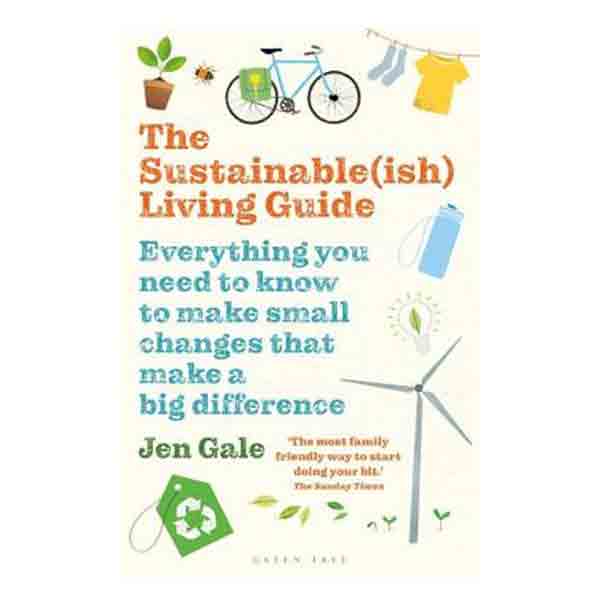Are you trying to make your home more sustainable? It is quite a journey when you want to turn your home into an eco-friendly hub. Not only will it save you money in the long run, but it is also an excellent contribution to reversing the environmental issues and devastating effects of climate change. Households account for a large amount of the world’s energy use, including the large quantity of water that is used, in addition to the release of carbon dioxide and greenhouse gas emissions.
While there are many factors that contribute to the environmental issues the world is suffering from, such as major polluting corporations and apathetic government policies, there is no denying that we as individuals and our households are also contributing.
Unfortunately, many of us will make a lot of costly mistakes when it comes to making our homes more eco-friendly, and it does not create the impact we’re hoping for. This then leads to having to make changes again, which cost money, but also causes a lot of waste in materials and products. To help you on your journey and make your home more sustainable the first time around, here are some of the top mistakes people make and you should avoid.
1. Not making a sustainable living plan
Not making a plan when updating your home to make it more eco-friendly is an easy mistake. As with anything in life, the lack of a plan will only most likely lead to failure, whether that is in the form of missing easy wins when renovating, or not achieving the goal of making your home eco-friendly in a timely manner. It helps to take time to make a sustainable living plan for your updates. This will ensure you have the budget, time and resources to make the correct and most effective changes to your home.

You will need to consider the changes that your home needs, as well as the ones that you want, and how it all fits together into a renovation project. You will also need to consult a variety of contractors to help you understand what will work for your property, how much labour and materials cost, and how the project can move forward. They will also be able to help you find the most relevant solutions to the goals that you want to achieve, for example, if you are focusing on reducing CO2 emissions, cutting down on plastic or even wanting to reduce the impact on the environment from building materials. When you take your time to plan the project properly, you will learn a lot about the building process, and the design process and be able to make positive adaptations to your plan.
2. Not decluttering your home
Most of us have built up a variety of items over time. If your home is filled with clutter, you could be making your home more unsustainable than you realise. Not considering the items and clutter in your home when trying to make your property more eco-friendly is a big mistake. Not many people realise but the build-up of clutter in your home can make it very unsustainable. When there are too many items in your home, rooms cannot be properly cleaned, they increase the chances of dampness and mould, they stop natural light and good airflow into the property, and much more. Too much clutter also stops valuable space from being utilised for better use. Instead, it’s good to consider what items you have around your house that you don’t want or need. If there are items that you want to keep but are unnecessary, then you can put them in a storage unit. Alternatively, you can donate them to family, friends or charity. You will find when you declutter your home, that you can make your home more sustainable and utilise the space, light and air a little better.

Covering every aspect of our lives from the stuff we buy and the food we eat to how we travel, work, and celebrate, this book provides stacks of practical, down to earth sustainable living ideas to slot into your daily life.
3. Not insulating your home properly
This is a big one, not insulating our homes properly. Insulation might seem like a small thing to do, but in fact, it can make a huge difference to how eco-friendly your home is. When your home is not insulated properly, hot and cold air can easily come in and escape, it can cause water leaks and even let in pests. All of this can contribute to bigger problems that will eventually require more building materials, but also means that you will be using a lot more energy to keep your home hot or cool. When you insulate your home properly, you can benefit the environment by reducing nitrogen oxide, sulphur oxide and carbon dioxide, among other emissions of pollutants that are found in homes.
4. Failing to understand your build before making changes
A common mistake a lot of us make when making our home more eco-friendly is not taking time to understand the specific needs of our homes. It’s common for people to make changes according to trends. Instead, you should take some time to learn about the building and how you can tailor your updates to its needs. This is because modern homes are built very differently from homes built in the early 1900s. Different properties behave differently, for example, some accept moisture and others don’t. Make sure you take time to understand the specific requirements of your property before you make any changes and add them to your plan. This will ensure you can utilise its existing characteristics, and not waste any time or materials on making unnecessary updates.
Making your home more eco-friendly is an amazing thing to do. Not only will you be positively contributing to the environment, but you will also make your home more comfortable and cheaper to run in the long run. When you begin your work to make your home more sustainable, make sure you consider these top mistakes and avoid them. This will ensure your project is successful and positively impacts the environment.




